Description
Audi 100 Hardcover book (fragment of the text)
In the mid-1960s, the Auto Union design bureau began working on a new Audi model. According to the developers, it was to become a worthy heir of pre-war premium cars, proudly bearing the 4-ring emblem.
In 1966, the transition of the Auto Union company to the control of the Volkswagen Group was completed. And in March 1968, an agreement was signed to merge Auto Union with NSU, as a result of which, on January 1, 1969, Audi NSU Auto Union AG appeared.
The return of the undeservedly forgotten Audi brand began a little earlier than these events – in 1965. Then a compact family of cars with the F103 index was presented, which served as the basis for creating several generations of such iconic models as the Audi 80, Coupe, and sports 4-wheel drive Quattro.
The success of the first post-war model had to be built upon. However, after Auto Union became part of the Volkswagen Group, the management of the parent company issued a directive that the company could not independently develop new models.
But the head of Auto Union Rudolf Leiding and chief designer Ludwig Kraus could not accept the role of outsiders and ignored this order. In complete secrecy, they began working on a well-equipped prestigious model with powerful engines.
When Volkswagen representatives accidentally saw the model of the future new car, they were so impressed that they even wanted to take it under their wings. Fortunately, the Auto Union management was able to defend their brainchild and got the “green light” to produce the car under their own brand.
The Audi 100 sedan was presented to journalists on November 26, 1968. Significantly, a month earlier, the company celebrated the 100th birthday of Audi founder August Horch. Undoubtedly, the talented designer, one of the pioneers of the German car industry, could be proud of the new Audi car.
Similarly to other models of the brand, the numerical index 100 indicated that under the hood of the new product was a 100-hp engine. For internal use, the new family was named C1.
The firstborn of the new family was larger than the Audi 80, but thanks to the engineers’ painstaking work, it was lighter than other members of its class. Much attention was paid to the body aerodynamics, which helped to reduce the drag coefficient and fuel consumption.
In addition to expanding the model range and modernizing production, during the company reorganization, it was decided to create its own research and technical center for developing new models. The initiator of this project was the company’s chief designer, Ludwig Kraus. Construction of the complex began in Ingolstadt in the spring of 1969.
It is worth noting that the achievements of the center’s specialists were subsequently used not only in Audi models, but also in cars of other VW Group brands.
Not only did the Audi 100 quickly become a bestseller, but just as importantly, it defended Audi’s independence within the VW Group.
Read the continuation of Audi 100 story in the book.
Other books about history of Audi:








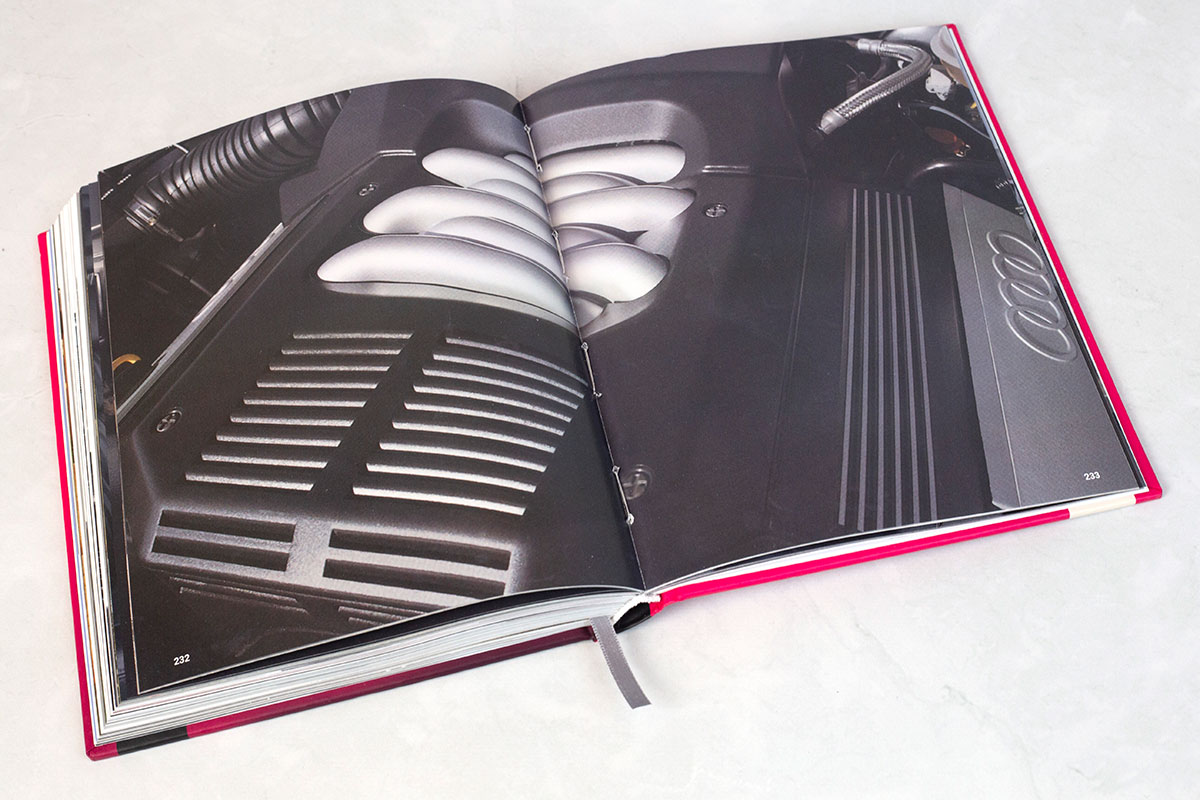
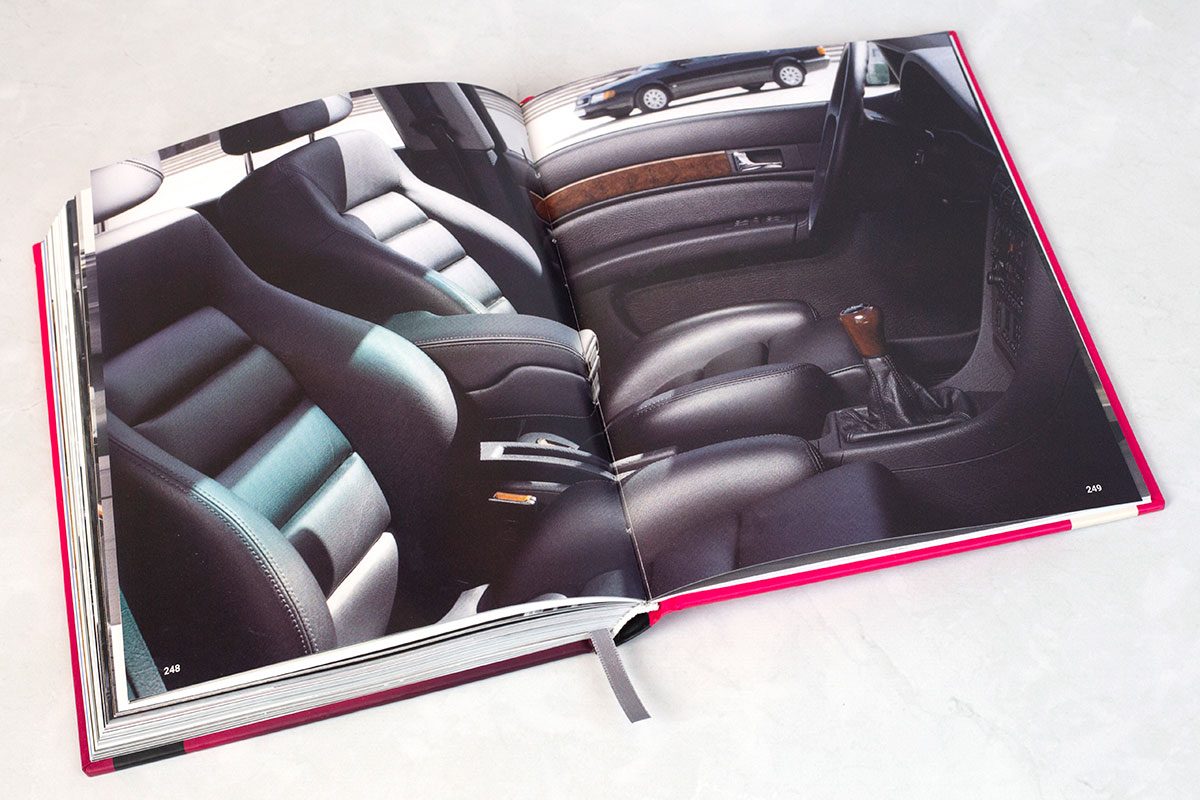
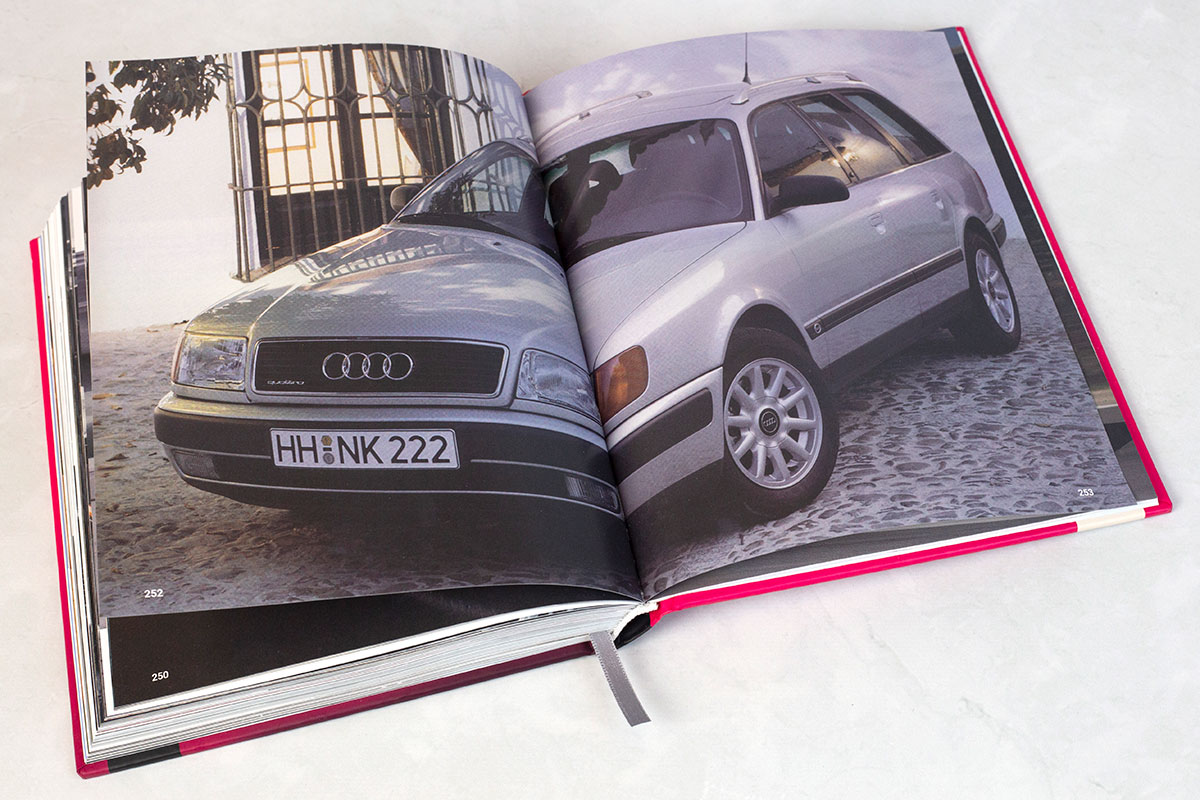


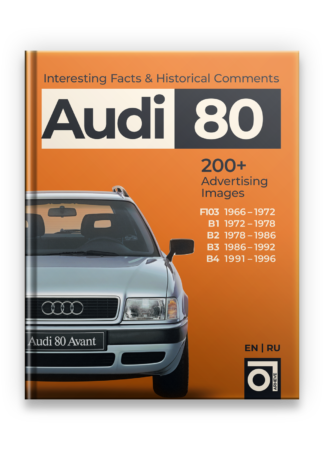
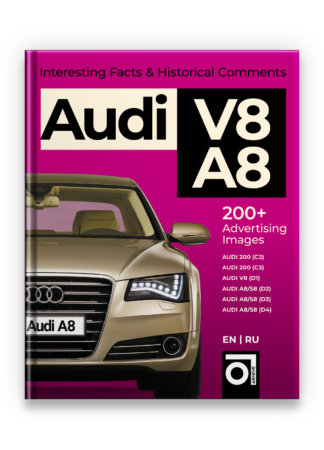

Reviews
There are no reviews yet.